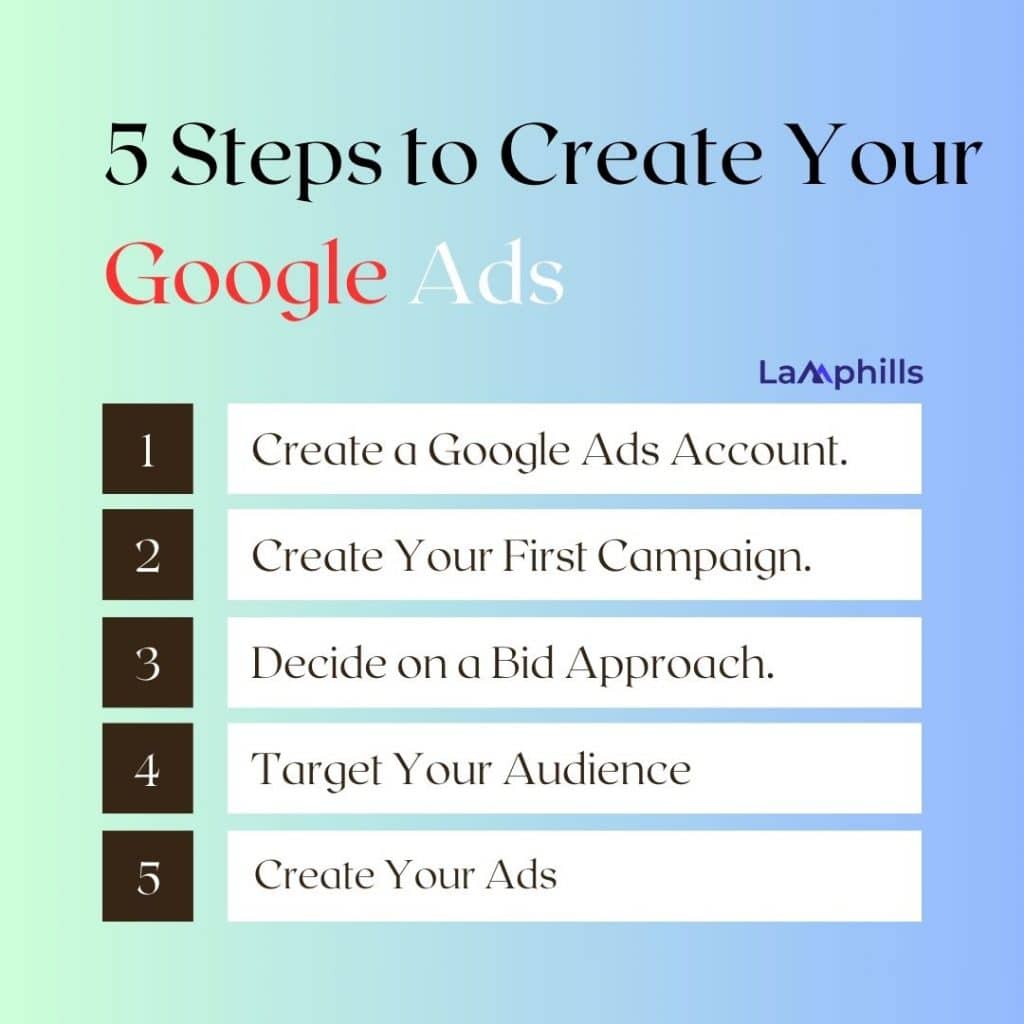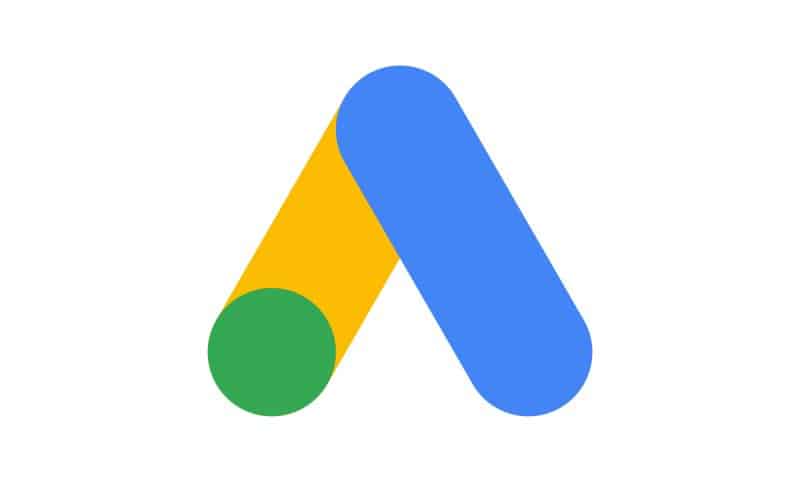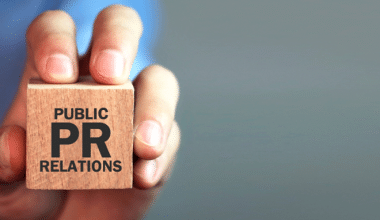Google Ads is a powerful tool for directing targeted, relevant traffic to your website at the precise moment when customers are looking for the goods or services your company provides. However, the process may be difficult for beginners like yourself, but have no fear, as I will take my time to educate you on the basics.
In this article, you’ll learn what Google Ads is, how it works, and how to create your own Google ads.
Key Points:
- Google Ads gives companies visibility, as businesses can use it to run display advertisements, shopping ads, and more.
- The most popular kind of Google Ads ad is the search ad, which shows up on the search engine results page (SERP) for searches related to the advertiser’s goods and services.
- You have seven campaign types to choose from before starting a paid campaign on Google Ads: search, display, video, shopping, app, smart, or performance max.
- Google advertising can appear on websites that are part of Google’s Display Network (GDN) or on search results pages.
- Google Ads functions so that companies and marketers may profit and consumers can see—and possibly purchase—goods and services that fulfill their needs.
- The customer may choose to click through on the advertisement that best fits their search query after seeing the advertisements for the keyword they entered.
What Are Google Ads?
Google Ads is the name for Google’s pay-per-click (PPC) advertising network, which gives companies visibility on all of Google’s properties. Businesses can use Google advertisements to run display advertisements, shopping ads, YouTube ads, and more. The most popular kind of Google Ads ad is the search ad, which shows up on the search engine results page (SERP) for searches related to the advertiser’s goods and services.
Types of Google Ads
#1. Google Search Ads
Search campaigns are text-based advertisements that appear in search results and allow you to connect with consumers who are looking for your goods and services on Google. Because you can display your advertising to people who are actively looking for your goods and services, it’s excellent for increasing traffic, leads, and sales to your website.
Below is an example of a Google Search Ads.
#2. Google Display Ads
Display campaigns offer eye-catching advertisements on the Google Display Network. Reaching people while they explore millions of websites, apps, and Google-owned properties (including YouTube and Gmail) is made easier with the help of the Display Network.
Note that the vast network of external, third-party websites that have consented to display Google advertisements is known as the Google Display Network. Google Display advertising comes in several formats, including text, picture, video, and rich media, and can be targeted in various ways, including through audiences and remarketing.
#3. Google Shopping Ads
Google shopping ads show up in the shopping tab as well as the standard SERP. Since you are unable to specify keywords, these ads function differently than standard search ads. Alternatively, you keep an extensive inventory of your products, and Google will correlate them with queries. On the other hand, you can specify to Google the keywords you do not want to see your ads for.
#4. YouTube Ads
YouTube advertising allows you to create video, text, or display ads that appear during, before, during, and after videos on the platform. Its targeting operates similarly to display targeting.
How does Google Ads Work for Beginners?
The searcher, the advertiser, and the Google Ads platform are the three parties involved in the Google Ads process. Everybody has a part to play in making Google Ads function so that companies and marketers may profit and consumers can see—and possibly purchase—goods and services that fulfill their needs.
This is an explanation of what goes on behind the scenes in Google AdWords:
#1. Advertisers bid on keywords.
Advertisers can tell Google which keywords they wish to feature with their ads on the SERPs by bidding on such keywords. The cost of a keyword bid might vary greatly, from a few dollars to hundreds of dollars. The daily budget that advertisers select is usually used to pay for individual keyword bids. You can also customize your ads to fit your budget, regardless of the size of your company or the resources at your disposal.
#2. Customers search for a keyword.
The target client then looks up a keyword that an advertiser has placed a bid on. Advertisements for goods or services that closely match the query’s aim will appear on the SERP. Ad rank has a major influence on what ads users view and in what order.
#3. Google shows ads based on ad rank.
Google ranks advertisers in order of total available ad slots on the SERP and does so in a matter of seconds. To decide who ranks first, second, third, and so on, they take into account both the quality score of the keyword and the amount of money that advertisers have spent on it.
#4. The customer clicks on one of the websites listed.
The customer may choose to click through on the advertisement that best fits their search query after seeing the advertisements for the keyword they entered.
After that, consumers could choose to buy something or return to the SERP to click on another advertisement or an organic SERP result. They can simply decide to stop looking without clicking or buying anything.
Now let’s look at some of the popular Google Ads terms that you may need to know:
What are the Google Ads Terms to Know?
#1. Ad Extensions
Ad extensions allow you to add more information to your advertisement at no additional expense. One of the following five categories best describes these extensions: Sitelink, Call, Location, Offer, or App.
#2. AdRank
Your ad placement is determined by your AdRank. Ads with higher values will rank higher, attract more attention, and have a higher chance of being clicked by users. Your maximum bid multiplied by your quality score determines your AdRank.
#3. Bidding
Google Ads is built on a bidding system where you, the advertiser, choose the highest price you will accept for a click on your advertisement. The better your placement, the greater your bid. There are three ways you can bid: CPC, CPM, or CPE.
- CPC, or cost-per-click, is the amount you pay for each click on your ad.
- CPM, or cost per mile, is the amount you pay for one thousand ad impressions when your ad is shown to a thousand people.
- CPE, or cost per engagement, is the amount you pay when someone takes a predetermined action with your ad.
#4. Campaign Type
You have seven campaign types to choose from before starting a paid campaign on Google Ads: search, display, video, shopping, app, smart, or performance max.
- Search ads are text-based advertisements that show up on Google search results pages among the results of searches.
- Display ads appear on websites that are part of the Google Display Network and are usually image-based.
- Video ads are 6- to 15-second ads that appear on YouTube.
- Shopping campaigns show up on the Google Shopping tab and in search results.
- App campaigns optimize ads on different websites by using data from your app.
- Smart campaigns rely on Google to determine the most cost-effective targeting options.
- Performance Max is a brand-new kind of campaign that gives advertisers access to every Google Ads inventory within a single campaign.
#5. Click-Through Rate (CTR)
CTR is the number of clicks on your advertisement as a percentage of ad impressions. An ad that matches search intent and targets relevant keywords has a higher click-through rate (CTR).
#6. Conversion Rate (CVR)
CVR calculates the ratio of form submissions to overall landing page visitors. In layman’s terms, a high CVR indicates that the user experience on your landing page is as smooth as promised by the advertisement.
Read Also: GOOGLE ADVERTISING COST: How Much Do It Cost?
#7. Display Network
Google advertising can appear on websites that are part of Google’s Display Network (GDN) or on search results pages. GDN is a network of websites that gives Google advertisements space on their pages. These advertisements, which can be text- or image-based, appear next to material that is pertinent to your target keywords. App campaigns and Google Shopping are the most often used Display Ad choices.
#8. Impressions
Your advertisement gets an impression each time it appears in the SERP. This is referred to colloquially by some marketers and advertisers as “eyeballs” on the advertisement.
With the information gathered from impressions, you can better target your ads to increase click-through rates and determine the proportion of viewers who actually visit your landing page.
#9. Keywords
Keywords are terms or phrases that fit the query of a searcher and correspond with what they desire. The keywords you choose depend on the inquiries you wish to have your advertisement appear next to. For instance, when a user searches “how to use a screwdriver,” advertisements targeting the term “screwdriver” will appear.
Note that the list of keywords you do not wish to rank for is known as negative keywords, and Google will remove you from the competition for these terms.
You can make use of our free keyword research template to guide you down this path:

#10. PPC
Pay-per-click, or PPC, is a kind of advertising in which the sponsor pays for each click on an advertisement. PPC is the most popular kind of paid campaign, although it’s not exclusive to Google Ads. It is crucial to have a thorough understanding of PPC before starting your first Google AdWords campaign.
Read Also: The Complete Guide to PPC Competitor Analysis
#11. Quality Score (QS)
Your Quality Score evaluates the ad’s quality based on its click-through rate (CTR), keyword relevancy, landing page quality, and historical search engine ranking performance. Note that one of the factors affecting your AdRank is QS.
How to Create Google Ads in 5 steps
Now I will show you a simple way to create Google Ads:

#1. Create a Google Ads Account.
First, open a Google Ads account and:
- Enter your business name and website URL.
- Link any existing Google-owned accounts, such as a YouTube channel and/or Google My Business profile
- Fill out billing and payment information.
#2. Create Your First Campaign.
- At the top of the Google Ads interface, select New Campaign. After selecting a campaign target, click Proceed.
Here, you have a selection of Google Ads formats to choose from for the web traffic goal:
#3. Decide on a Bid Approach.
Tell Google AdWords how much you want to spend and what you want to optimize that budget for (e.g., conversions, leads, traffic, etc.) after you have a target and an ad format.
You have the option to set a target cost per activity; however, you may leave this unchecked. Give Google as much room to optimize your bids as it can.
#4. Target Your Audience
This is the part where you tell Google where to look for your users. Select the spoken languages and/or places to target, along with any other optional interest categories. Expert users can modify demographics, upload unique audiences, and more.
#5. Create Your Ads
There are numerous factors, including your industry, objectives, current resources, and more. But to get started, you need a minimum of a few ad groups.
Google asks for your URL and pertinent keywords as it walks you through the process:
You are then prompted to compose a few ads via Google Ads. As you create your advertisement, a preview of it will appear on the right.
You’ll need to include:
- A URL
- Up to 15 headline options
- Up to 4 descriptions
- Images
- Sitelinks: 4 or more additional, specific links that appear under your ad.
- Callouts: Short attributes, e.g., “free delivery, open 24/7,” etc.
- Plus, any optional details, like a phone number, your app store link, etc.
When you first start using Google Ads, keep things basic and publish something. Ads can always be later measured, improved, and adjusted.
What You must do before launching a Google Ads campaign
Here, I will show you seven things you should do before starting a Google Ads campaign:
#1: Know Your Goals.
What goals do you hope to accomplish?
This is the most crucial question to have answered before you begin using Google Ads. Without clearly defined advertising goals, it will be difficult to monitor the campaign’s progress.
Google AdWords is a fantastic tool for driving:
- Sales
- Leads
- Website Traffic
- Product and brand consideration
- Brand awareness and reach
- App promotion and more.
There are several campaign types available in Google Ads, such as Search, Display, Shopping, Video, and App, all of which are intended to assist you in achieving your particular goal or goals.
#2: Know Your Customers.
After defining your objectives, recall that the appropriate advertisement must be seen by the right person at the right moment in order for your campaign to be successful.
Who are they? What are they trying to find? What is their location?
You can precisely meet their needs with your ad wording, ad pictures, and landing pages if you consider this before starting a Google Ads campaign. Additionally, use Google Search Console to see how people are finding your website, as the information you may obtain on this free platform might be quite helpful.
#3: Watch Your Competitors.
You compete with a plethora of different businesses to rank higher in search engine results when your ads appear.
Fortunately, you can check what your rivals are doing with the aid of some excellent online tools. You can also use Google to gain a sense of the industry by simply searching for the terms you want to appear for. Examine carefully the ad wording and/or images that your rivals are using, as well as the layout of their landing sites.
#4: Identify Your USP.
To stand out, you need a compelling USP (unique selling proposition), particularly in highly competitive industries. What makes you superior to others in your field? What makes what you have to offer unique?
Some examples might be:
- A free consultation
- Bonuses
- Discounts for new customers
Once you’ve chosen your USP, be sure to make it clear in your advertisements!
#5: Plan Your Budget
It is impossible to determine the ideal budget for Google Ads. And keep in mind that a stronger campaign doesn’t always equal a higher expenditure. You might start by estimating the number of clicks you would want to get each day and work your way down to a budget.
Read Also: What is CPC?: Importance, Advertisement, Marketing & Certificate
#6: Have The Right Landing Page.
After someone clicks on one of your ads, where are you going to direct them? You should direct them to your landing page.
A well-crafted landing page is essential for your PPC advertising campaign to succeed. If you aren’t driving visitors to a page that appears professional, fits your customer’s search purpose, and has an obvious call to action, all of your hard work will be for nothing.
#7: Track Your Campaign.
Now that you have crafted a compelling landing page, what next?
Although Google Ads can drive more traffic to your website, closing the sale is always your responsibility. Make sure you have a strategy in place for dealing with the new leads that will be pouring in before you start promoting.
Is Google Ads Easy To Learn?
Learning Google Ads is not that easy. This is because you may not go very far if you try to build up a complex ad campaign without any prior experience with Google Ads. On the other hand, if you put in the necessary time to learn, you may quickly establish the fundamentals and create a strong advertising strategy.
What Are Google Ads In Simple Words?
Google Ads is a product that can help you market your company, close deals on goods and services, create awareness, and drive more people to your website.
Can You Learn Google Ads By Yourself?
Yes, anybody can create and manage a Google Ads campaign. Sure, it takes some time to figure out how to use the platform and what you need to do, but if you’re focused and determined, you can learn how to make the most of this incredible tool for your small business.
How Many Days Will It Take To Learn How To Use Google Ads?
Experts claim that learning Google Ads can take up to 100 hours, although most people can start with search advertising in three or four hours.
Can I Learn Google Ads Without A Website?
Yes, you may still use Google Ads without a website. But, you must have a backup landing page that you may use to route ad traffic to. You can use lead-generating forms, eCommerce sites, or social media accounts as landing pages for your Google AdWords ads.
What Is The Most Important Thing To Start With Google Ads?
What goals do you hope to accomplish? This is the most crucial question to have answered before you begin using Google Ads. Without clearly defined advertising goals, it will be difficult to monitor the campaign’s progress.
Related Articles:
Gated Content: The Secret to Getting More Leads
How to Get More YouTube Subscribers Free: No Ads, No Spending a Dime
The Ultimate SEO Content Strategy: Rank #1 on Google in 90 Days






